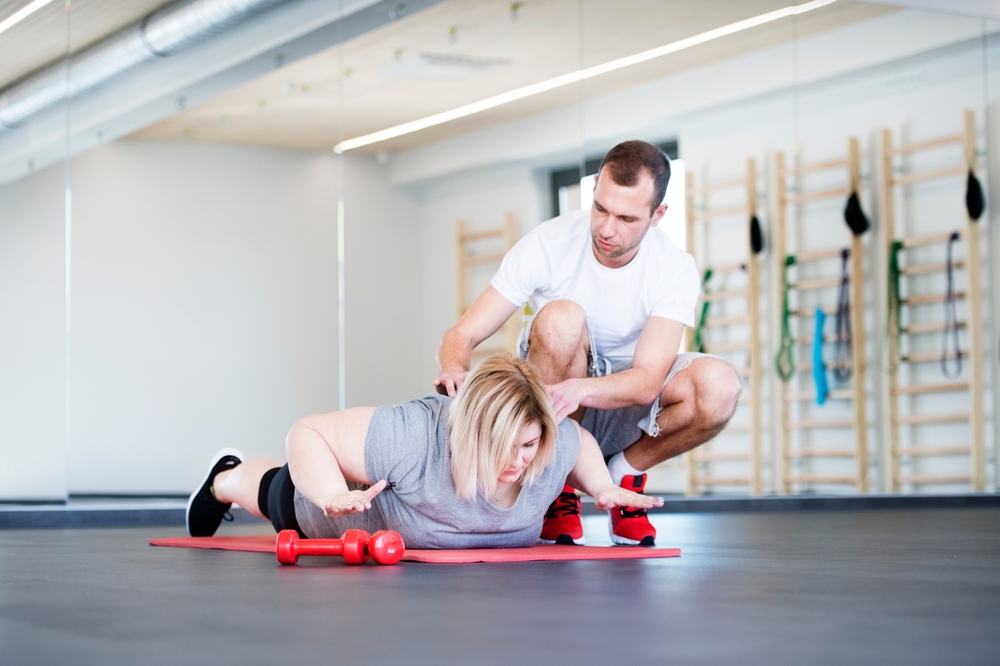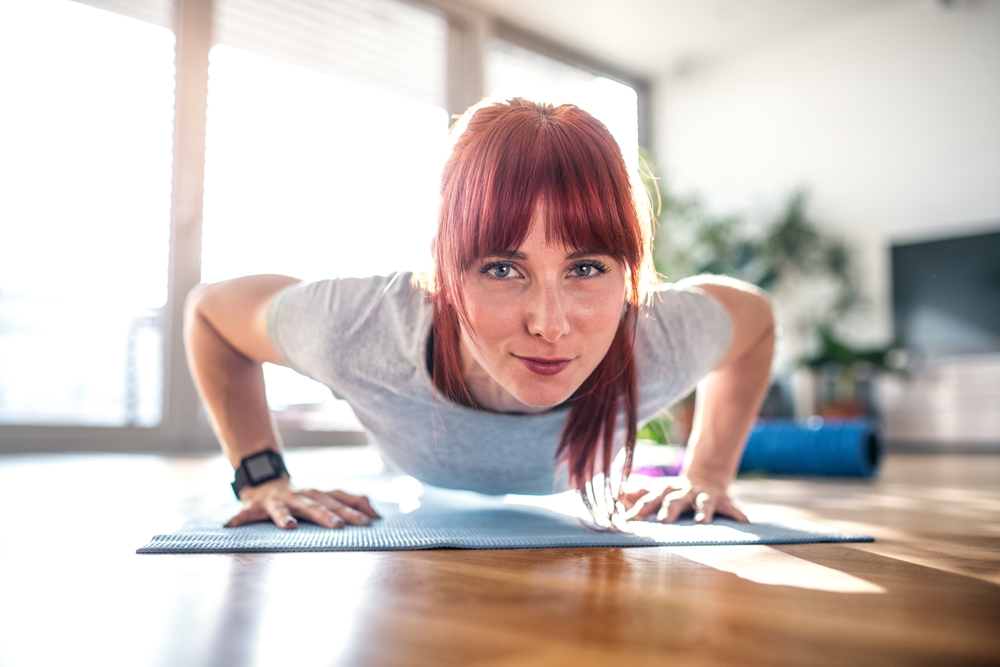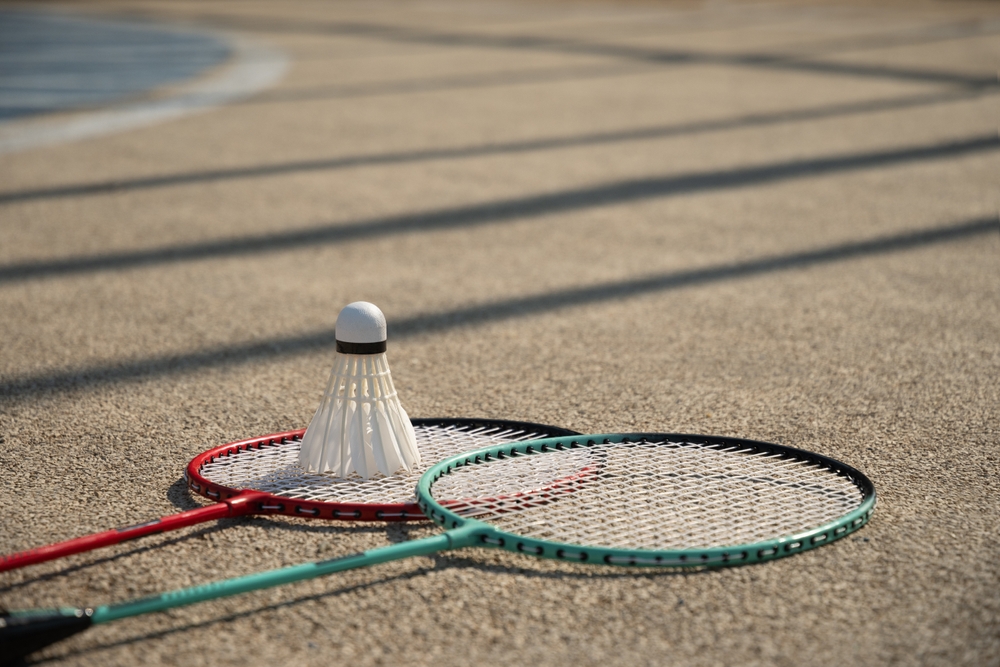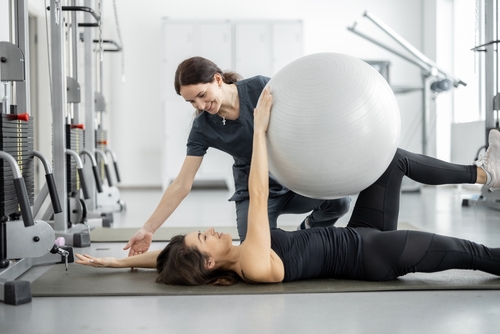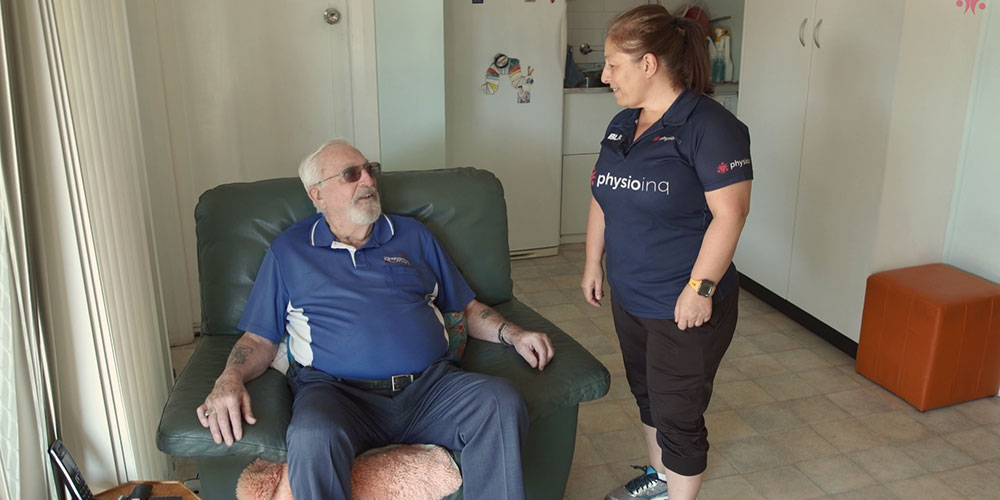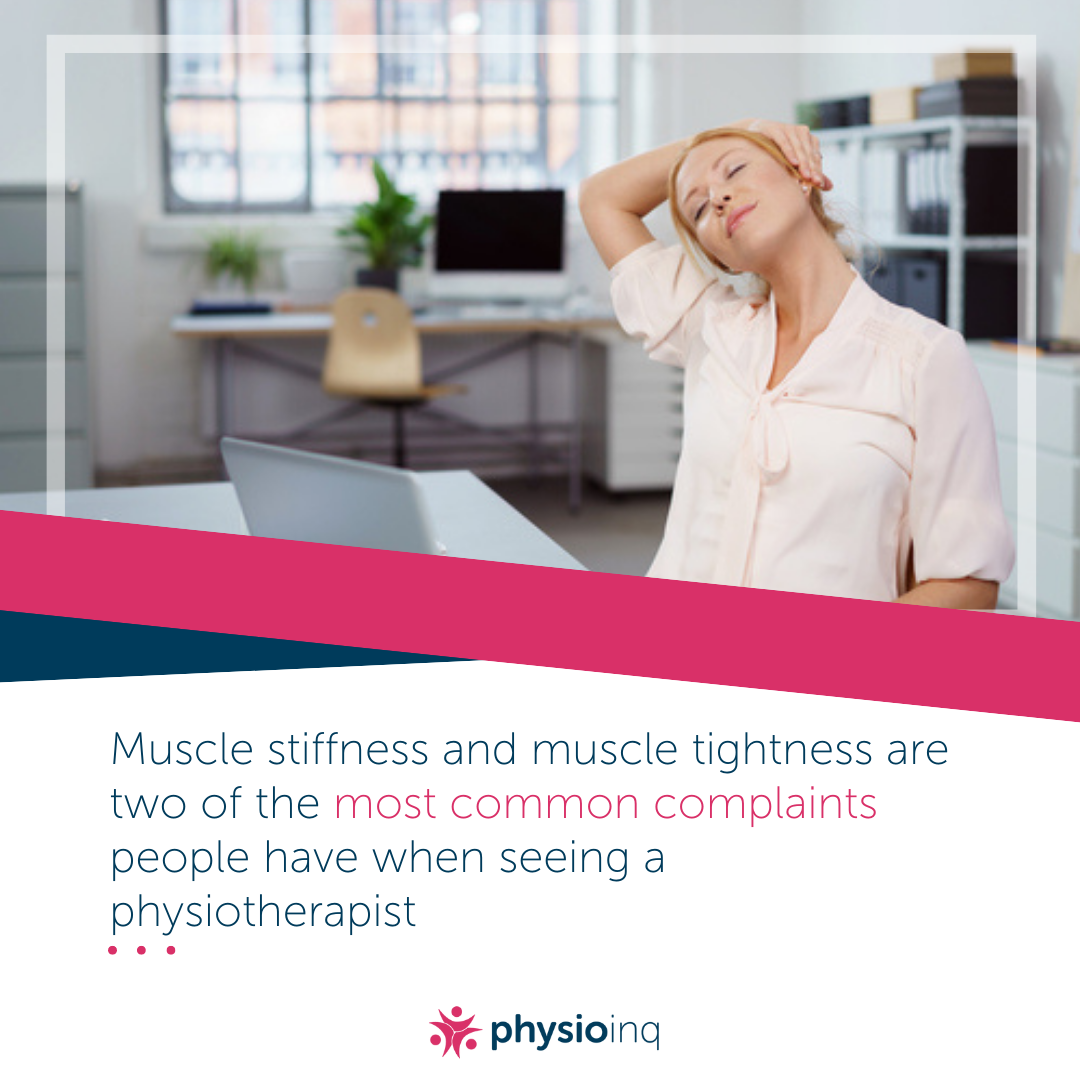Make an Appointment
Improving your speed for competitive long-distance swimming and triathlons requires a lot of intensity training. So, a 20 to 30 minute swim several times a week isn’t enough.
You need to practice pacing your stroke for a fast tempo by swimming intense aerobic and anaerobic sessions while improving your breathing technique and practicing in open water training.
Here, we’re exploring some long-distance swimming tips to help you train for your next race. Let’s begin.
Proper Long Distance Swimming Technique
The basics of proper long-distance swimming technique include:
- Using round arm freestyle strokes
- Maintaining a strong body position
- Keeping elbows high in your long strokes
- Using two-beat kicks
- Learning the correct breathing technique
- Maintaining a neutral head position
- Keeping fingers slightly apart with cupped hands during strokes
Now, let’s go into each of these points in more detail.
Speed Training
Training should include sets aimed at reaching or beating your pace for the race on every lap.
So, if you’re doing a set of 10 x 100 meters, at the end of every 100 meters you should be breathing pretty hard, but not actually gasping. And the recovery time should only be about 10 to 20 seconds, depending on how fit you are.
Find Balance Between Speed and Endurance
When it comes to long-distance swimming, you’ll need to find a balance between a quick speed with enough endurance to last the entire race. In other words, you won’t want to waste all your energy at the beginning only to slow down by the end.
This means employing a round arm freestyle stroke and focusing on your breathing (which we’ll go into more below). It also means keeping your recovery time short and efficient so that you can increase your endurance over time.
Short Recovery
For a set of 4 x 300 meters, you should find you’re breathing at a moderate rate after a rest of up to 40 seconds. It’s important to stick to these relatively short rest periods.
Swimming uses less energy than running intervals and a short recovery time maintains a constant heart rate of about 80% to 85% of your maximum rate.
This is roughly the same as you’ll use on race day, so short recovery periods making it hard to maintain good technique and pace will prepare you well for race conditions.
Long Distance Swimming Technique
After speed-work, improving your technique is the best way to become a more efficient swimmer. Work on streamlining and developing your cadence so you can plan your own pace in a triathlon.
It’s important that you have a swim coach or experienced swimmer to observe your technique because you may not realise that you’re doing anything wrong. If possible, get a film of your stroke so you can review it yourself.
Practicing Round Arm Freestyle Strokes
Round arm freestyle strokes fall somewhere between straight arm strokes and bent arm strokes.
Straight arm freestyle strokes are the fastest way to swim and are used by sprint freestyle swimmers. While you’ll get incredible speed using this stroke, it’s also the least efficient stroke style. It’s only recommended for 50 and 100 meter swims.
Bent arm freestyle strokes are the most traditional freestyle stroke but it’s become a bit outdated over the years. It refers to bending your arm at about a 90-degree angle to perform the recovery part of the stroke.
Most swimmers don’t recommend the bent arm approach since it’s not only less effective, but it also puts your shoulder at increased risk of injury.
Overall, performing your strokes in between the straight and bent arm freestyle strokes with your arm slightly rounded in the recovery phase is the most energy-efficient style and best for long-distance swimming.
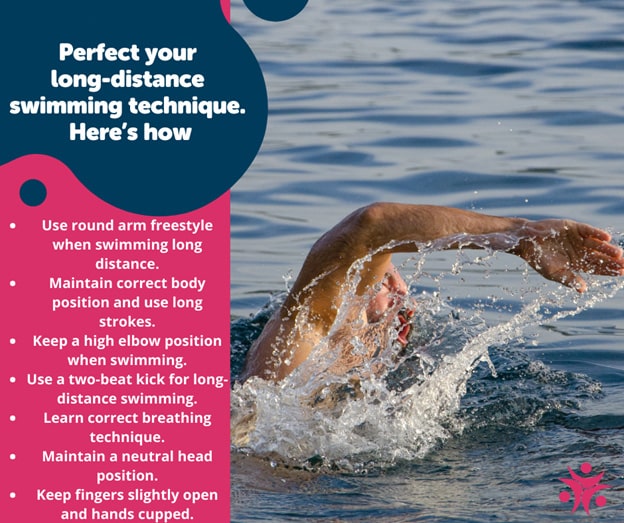
To do a round arm freestyle stroke:
- Visualise your arm hugging an exercise ball or barrel
- Your arm should go into the water at a slight angle
- Your arm will be straight once underneath the water (as goes with all freestyle strokes)
- During the recovery phase, create the shape with your arm that you visualised in the first step
- Also, make sure your arm never goes directly underneath your body
Using Two-Beat Kicks
Now that you have an idea of how to use your arms, it’s important not to forget about your legs. The way you kick is just as crucial to long-distance swimming as your strokes.
You can think of your kicking as the motor with your legs working just as hard as your arms in your long-distance swims. A two-beat kick requires you to kick in the same rhythm as your strokes, kicking once per stroke cycle.
As you spear your right hand into the water, your left arm will circle, completing the stroke. That’s when you should kick your left leg, alternating as you swim.
Remember, the power of your kicks should come from your hips, not your knees. This technique will give you more speed while using up less energy.
Maintaining Correct Body Position
For long-distance swimmers, you’ll want efficient propulsion as not to waste any excess energy. Your body positioning has a lot to do with that.
The correct body position for long-distance swimmers is a flat, horizontal position at all times with your head and neck in neutral alignment. Make sure your legs never come below your hips and don’t allow your body to bend away from this flat position.
This body positioning reduces drag and energy consumption, allowing you to focus on your strokes and kicking.
Keep Elbows High
In order to further encourage efficiency and decrease any lag in your swimming, keeping your elbows high as you swim is essential for completing long distances.
As you begin your stroke, keep your elbow lifted, keeping it in a vertical position as you push the water behind you. Essentially, you want to keep everything in line with your body so that you can swim efficiently and with the least amount of energy consumption possible.
Proper Breathing Techniques
Ensuring that your body is taking in enough oxygen to perform at optimal levels is a key component to long-distance swimming. The goal is to maintain deep and relaxed breathing throughout the duration of your swim.
First, you’ll want to exhale while your head is under the water. Don’t waste time or energy holding your breath and waiting to come up to exhale. Since you can’t inhale underwater, it’s best to use that moment for your exhale. It’s the most efficient way.
Next, you should breathe once every two strokes (or one arm cycle). Since limiting your breathing is only beneficial for sprinted swims, it’s far better for your overall endurance to breathe more often, keeping your breathing relaxed and controlled.
And finally, the last of the long-distance swimming tips we have on breathing is to use one-sided breathing. This means choosing your breathing side and sticking to it. This helps your body find its rhythm and optimal oxygen flow.
Remember to keep your neck and head in a natural alignment, even while you’re breathing, to ensure the proper body position for your best long-distance swimming.
Open Water Training
Triathletes should train in open water in the same weather conditions as they expect to face in the triathlon. It’s also a good idea to get used to swimming in a crowd and you can do this by joining a local swimming club or by rounding up a group of friends.
Practice Open Water Sighting
Sighting refers to checking the open water for buoys and flags that denote the course. Most long distances swims can’t be done in a pool -- unless you have a massive pool...
For triathlons and long-distance swimming races, they’re most likely going to be done in open water. So, buoys and other markers help swimmers stay on course and gauge their progress.
Sighting means every so often taking a peek of those markers or “sighting” where you are in the open water. Since pools have markers on the bottom, it’s not a requirement. But, swimming in open water requires this extra step.
A few sighting tips include:
- Working with the water and sighting only when the swell of the waves dies down
- Coordinating sighting with breathing
- Kick extra hard while you’re sighting to avoid any delay from taking a peek
Common Mistakes in Long Distance Swimming
Another way to improve your long-distance swimming is by avoiding these common mistakes including:
- Stretching out the recovery portion of the stroke with the arm still above water
- Not sighting enough, sighting too much, and slowing down to do your sighting
- Using straight arm strokes versus round arm strokes
- Focusing only on speed and not enough on endurance
- Focusing only on stroke technique and not enough breathing technique
- Neglecting kicking technique
If you’d like customised tips for you next long-distance swim, contact us at Physio Inq to get in touch with one of our sports physiotherapists.
We can help you not only cross-train to make sure you’re in the best physical shape for your swim but we can also give you pointers for your strokes, kicks, and preventing potential injuries.
See us today at one of our Australian clinics or allow our mobile physio services to come to you.
Additional Resources
Open water swimming tips you need to learn now
Date Published: Monday, February 22, 2021
Locate a Mobile Exercise Physiology
Service Near me
Get the experience & convinence you deserve to support your or a loved one's allied health needs.
Our Mobile Exercise Physiology team are currently serving & taking appointments in the following states and regions in Australia:
Need to get into direct contact with ur Client Services team? We're all ears. Call our team directly on 1300 731 733



